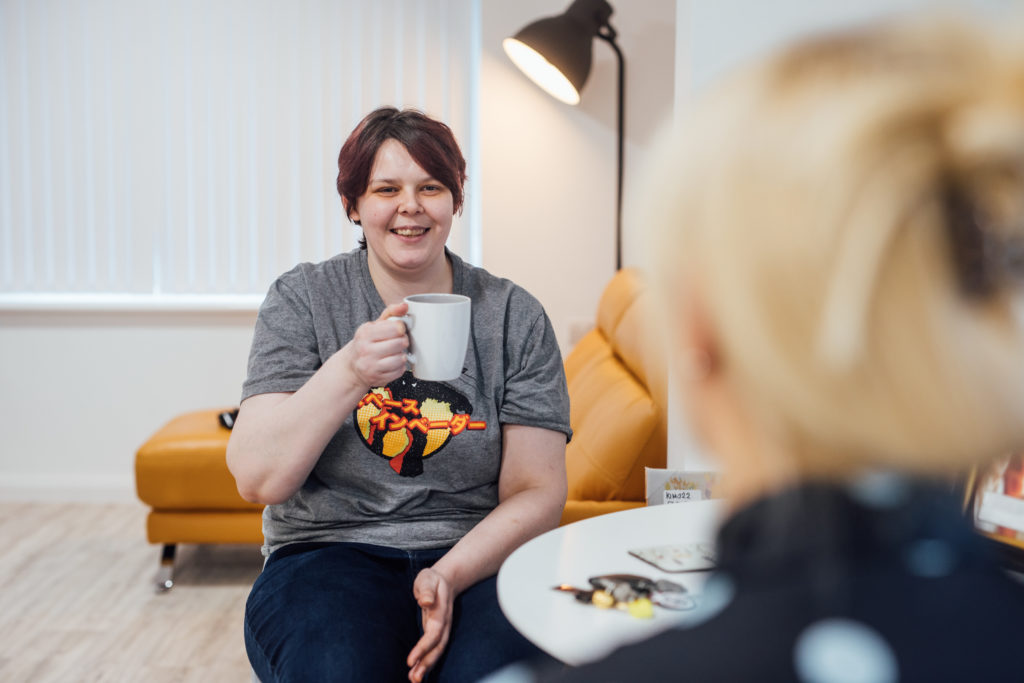
Co-Production

Co-Production
What is co-production? (From the Social Care Institute for Excellence)
“Co-production is not just a word, it’s not just a concept, it is a meeting of minds coming together to find a shared solution. In practice, it involves people who use services being consulted, included and working together from the start to the end of any project that affects them.”
Definition from NHS England
“Co-production is a way of working that involves people who use health and care services, carers and communities in equal partnership; and which engages groups of people at the earliest stages of service design, development and evaluation.”
“…[it] acknowledges that people with ‘lived experience’ of a particular condition are often best placed to advise on what support and services will make a positive difference to their lives. Done well, co-production helps to ground discussions in reality, and to maintain a person-centred perspective. Co-production is a cornerstone of self-care, of person-centred care and of health-coaching approaches.”
Key features of co-production (from the Social Care Institute for Excellence)
“They
- define people who use services as assets with skills,
- break down the barriers between people who use services and professionals
- build on people’s existing capabilities,
- include reciprocity (where people get something back for having done something for others) and mutuality (people working together to achieve their shared interests),
- work with peer and personal support networks alongside professional networks,
- facilitate services by helping organisations to become agents for change rather than just being service providers.”
Why is co-production important?
“Co-production means that projects can deliver what people want and that they are more likely to stay engaged in them – hence they are more likely to feel the benefits.” (Mental Health Foundation)
What can co-production achieve?
- It embraces experience – Co-production maximises the lived experience (patient and carer) voice in all that we do.
- It adapts to enable a personal approach – Co-production enables us to genuinely create services and an organisation which encourages and supports people to play an active role and become invested in improving personal and collective health and wellbeing outcomes.
- It demonstrably improves people’s experience of care – This is achieved through relationship building, valuing people’s contribution, partnering with people in making decisions about their lives and creating the conditions for co-design/co-delivery of health and social care services.
- It recognises that outcomes are significantly improved – when people are enabled to contribute to and work in partnership in order to enjoy long, healthy, active lives.
- It builds a shared approach and ownership – Co-production is only possible when the staff who provide services and the people who will access the service are proactively involved as partners in the development and design of health and social care solutions. This includes taking shared ownership when solutions don’t work first time and taking
a joint problem-solving approach to move forward.
How can we make it happen?
Co-production needs to be taken forward at each individual service and be developed by the people using, working in and connected to it. The following 8 steps are a helpful guide to the journey each of us needs to make.
- Share information and build relationships
- Build representative networks
- Collect data to help objective decision making
- What works + local context + lived experience = tailored response
- Develop shared values, purpose, goals and decision making
- Continue to think, plan, design and innovate together. Maintain focus on evidence, outcomes, quality and governance
- Deliver together, identify more areas for co-delivery
- Evaluate together: Regularly reflect & review progress & impact against agreed goals. Ensure systems have been put in place to reward and recognise people’s contribution. Aim to move from ‘you said we did’ to ‘we said we did’
